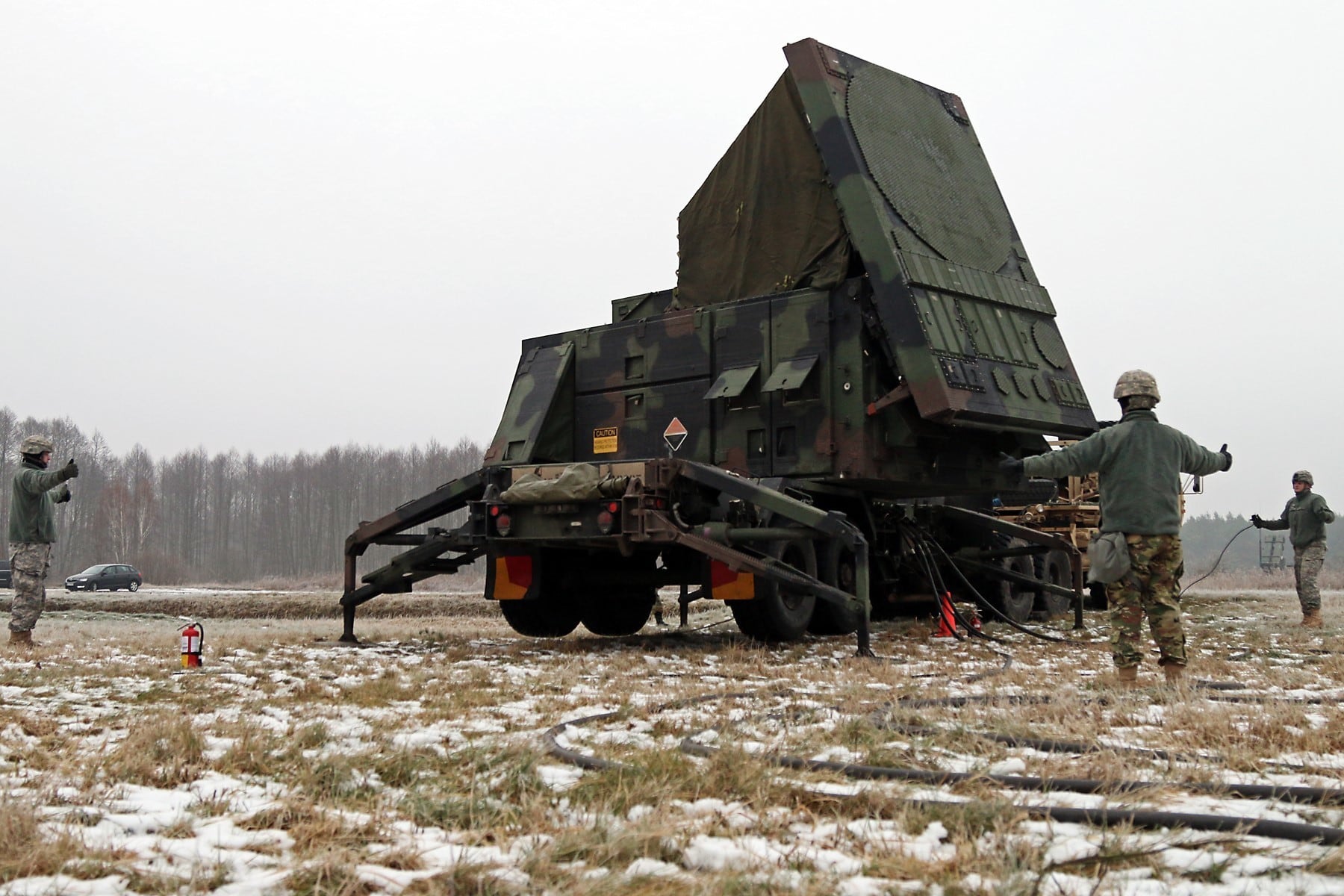COLOGNE, Germany, and ROME — The German government expects to receive a long-awaited industry offer for revamping the country’s missile defenses next month, just as the debate in Germany over defense spending kicks into high gear once again.
The proposal by contractors Lockheed Martin and MBDA Germany for the TLVS program, short for Taktisches Luftverteidigungssystem, will roughly coincide with the Cabinet’s final deliberations on a 2020 budget pitch to lawmakers. Clocking in at an estimated €8 billion, or $8.93 billion, the program is sure to face intense scrutiny once the Bundestag gets wind of the details.
Defense officials have gone to great lengths to say as little as possible about what's in store. They have dismissed the notion that the industry offer is late, arguing that a few extra weeks or months of prep time at the outset would help harden the proposal against problems later on.
Behind the scenes, however, government and industry officials have begun putting together a narrative for justifying a price tag billions of euros above expectations several years ago.
To be sure, there is no official word yet on how much TLVS is going to cost, and it’s unclear how forthcoming the government will be once the final offer is in. The latest figure of €8 billion stems from remarks by a high-ranking defense ministry official who spoke at a closed-door meeting of the Bundestag’s defense committee in February.
A government spokesman would only say that the Lockheed-MBDA proposal is expected in the “first half of the year,” to be followed by an internal government analysis and contract negotiations with the vendor consortium. The plan is to forward a program plan and cost estimates to parliament for debate in late 2019 or early 2020.
RELATED

Lockheed Martin and MBDA are expected to pitch a program that they argue bears little resemblance to the features of its predecessor, the Medium Extended Air Defense System, or MEADS. On the table is a six- to seven-year development stage, including some initial production of equipment so that German authorities can run tests on new hardware.
One of the key cost drivers lies in preparing the system to one day defend against hypersonic missiles, which means threats flying faster than five times the speed of sound. The feature is in response to German requirements and keeping an eye on Russian developmental weaponry.
Analysts are only now beginning to assess the full extent of hypersonic defense requirements. But it seems likely that a new generation of interceptors more powerful than the envisioned TLVS house ammo, the Lockheed-made MSE missiles, eventually will be needed.
In addition, German officials have pushed to have the entire system under their national control, including the so-called exciter for the fire-control radar. That piece of hardware, a 4 feet by 2.5 feet- sized box, is dubbed the brains of the weapon because it performs all flight-path computations needed to obliterate incoming missiles. The exciter was going to remain a Lockheed Martin-controlled ingredient until German defense officials pushed for a local version, a task that will fall to Hensoldt in the forthcoming offer.
Contributing to the German industry footprint – designed to trumpet a domestic bent and spread the parliamentary love across more districts – is the integration of the so-called IRIS-T SL interceptor made by Diehl Defence. That effort, in turn, comes with the integration of the SAMOC guidance system, made by European defense powerhouse Airbus.
RELATED

Program advocates still have hope to interest other governments in Europe in the envisioned technology. For example, there is the question of rekindling an old MEADS alliance with Italy.
Italian military commanders are keenly interested in the idea of re-entering the program, although that interest has yet to be shared by politicians, an Italian defense source told Defense News.
“The interest is there at the military level, not the political level,” said the Italian source, who like others in this article declined to be named while discussing sensitive deliberations.
That could prove a stumbling block to Italy’s possible return to a program that Italy was an original member of before the United States decided to quit in 2011.
Since taking office last year, Italy’s populist government has already cut its investment in the European CAMM-ER missile program, and may struggle to meet ongoing funding commitments this year as the country’s economy dips and it seeks cash for welfare programs.
Political pitfalls also await in Germany. News earlier this year that Berlin could fall behind its NATO spending commitments fueled speculation that certain programs would have to be cut and that officials had begun compiling lists of programs deemed more important than others.
In addition, the fate of the CDU-SPD coalition government at the time when TLVS is up for votes early next year is uncertain. While the CDU probably will be supportive, the SPD appears to be hedging its bets as operatives await details from the defense ministry on the way ahead.
Sebastian Sprenger is associate editor for Europe at Defense News, reporting on the state of the defense market in the region, and on U.S.-Europe cooperation and multi-national investments in defense and global security. Previously he served as managing editor for Defense News. He is based in Cologne, Germany.
Tom Kington is the Italy correspondent for Defense News.








